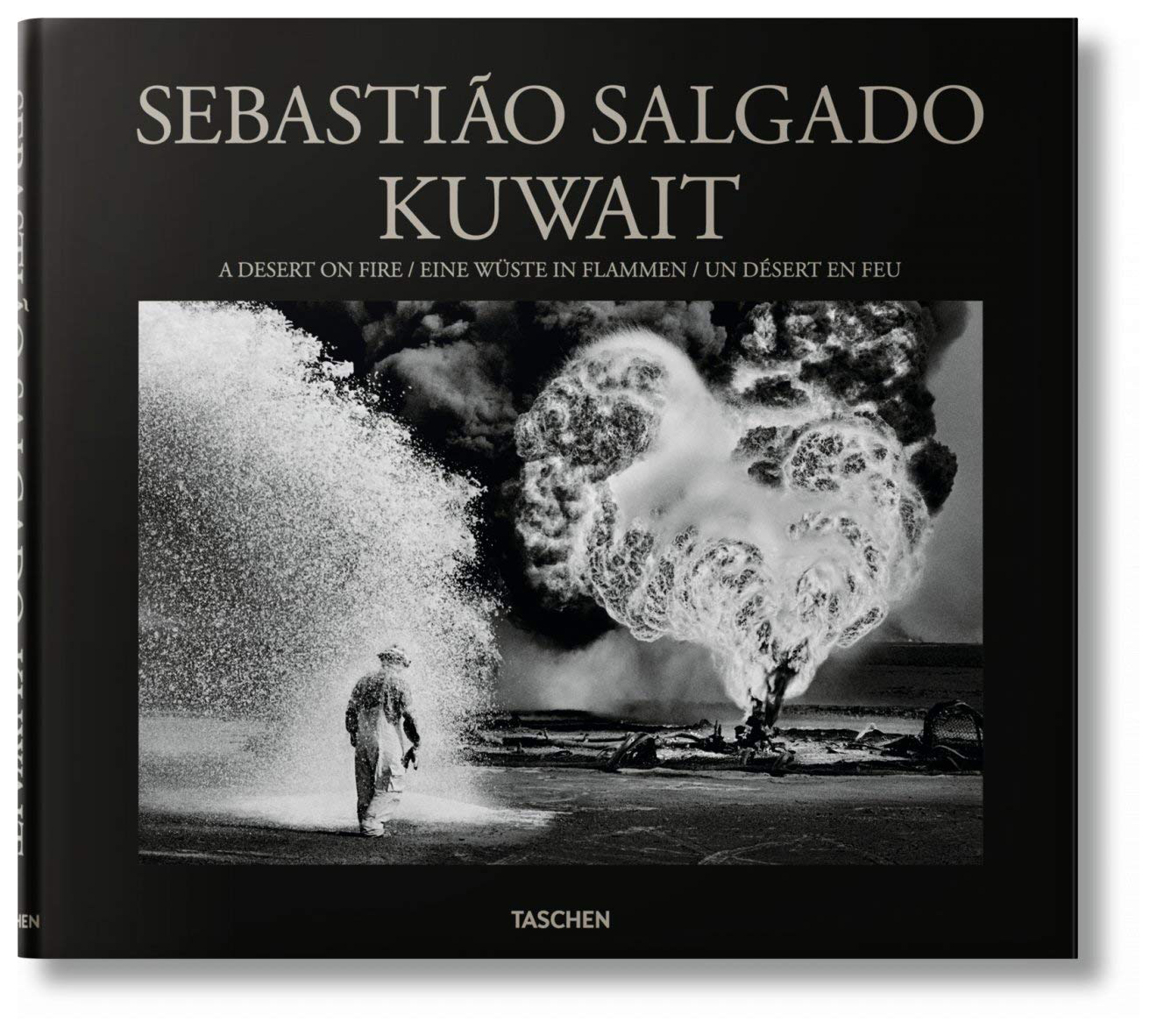
Sebastiao Salgado: Kuwait
Рейтинг
Содержание книги - Sebastiao Salgado: Kuwait
Desert Aflame Sebastiao Salgado documents the torched Kuwaiti oil wells In January and February 1991, as the United States-led coalition drove Iraqi forces out of Kuwait, Saddam Hussein s troops retaliated with an inferno. At some 700 oil wells and an unspecified number of oil-filled low-lying areas they ignited vast, raging fires, sending billowing black clouds over the region and thousands of tons of nitrous oxide and carbon dioxide into the atmosphere. As the desperate efforts to contain and extinguish the conflagration progressed, Sebastiao Salgado traveled to Kuwait to witness the crisis firsthand. The conditions were excruciating. The heat was so vicious that Salgado s smallest lens warped. A journalist and another photographer were killed when a slick ignited as they crossed it. Sticking close to the firefighters, and with characteristic sensitivity to both human and envrionmental impact, Salgado captured the terrifying scale of this huge theater the size of the planet the ravaged landscape; the sweltering temperatures; the air choking on charred sand and soot; the blistered remains of camels; the sand still littered with cluster bombs; and the flames and smoke soaring to the skies, blocking out the sunlight, dwarfing the oil-coated firefighters. Salgado s epic pictures first appeared in the New York Times Magazine in June 1991 and were subsequently widely published and awarded the Oskar Barnack Award, recognizing outstanding images on the relationship between man and the environment. Kuwait: A Desert on Fire is the first monograph of this astonishing series. Like Genesis, Exodus, and The Children, it is as much a major document of modern history as an extraordinary body of photographic work. Text in English, French, and German
Чтобы оставить свою оценку и/или комментарий, Вам нужно войти под своей учетной записью или зарегистрироваться
Пока никто не оставил впечатление о книге...
Пока никто не оставил цитат из этой книги...